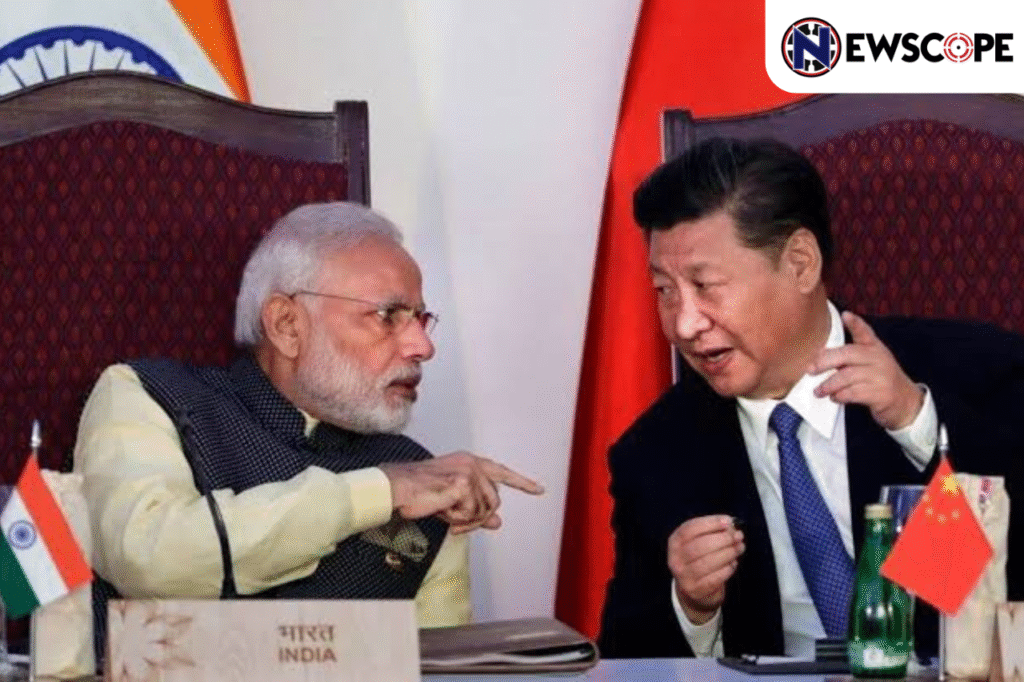China’s recent approval of a colossal hydro electricity project on the Brahmaputra River known as Yarlung Zangbo in Tibet, has ignited a fiery debate raising several environmental, geopolitical, and regional stability concerns. The ambitious project is all set to become the world’s largest hydropower dam with a promise to generate an estimated 300 billion kilowatt-hours of electricity annually as well as cost of construction surpass even the Three Gorges Dam.
The dam is proposed to be constructed in the Medog region of Tibet, near the Great Bend of the Brahmaputra River, close to the Indian border. This location offers a topography which while contains substantial hydropower potential, is also sure to create unique engineering challenges. The dam poses an extreme threat to the existence of Tibet itself, believe experts.
Chinese officials have reassured that the dam will not significantly impact the environment or downstream water supplies, concerns that are rising steadily in India and Bangladesh. The Brahmaputra River is a vital water source for both countries, supporting agriculture, fisheries, and livelihoods for millions. Constructing a dam of such a huge capacity will bring significant alterations to the river’s flow. Changes that would certainly lead to ecological imbalances, affecting biodiversity and potentially increasing flood risks during the monsoon season.
The dam’s proximity to the disputed border region of Arunachal Pradesh adds a layer of geopolitical complexity. India has expressed serious concerns, fearing that the project could disrupt water access downstream, potentially leading to floods or scarcity, and providing China with a strategic advantage during future conflicts. These apprehensions are heightened by the absence of a formal water-sharing agreement between China and its downstream neighbors, which might bring about potential “water wars.” India is especially standing at attention over this new development.
China wasn’t spared even within itself, the project has faced criticism from environmentalists and experts who question its ecological impact and the seismic risks associated with building such a massive structure in a geologically sensitive area.
While the project promises substantial clean energy benefits, it also raises significant concerns regarding ecological balance, water security, and geopolitical relations in a region marked by historical tensions. Navigating these challenges will require diplomacy, environmental experiments, and collaborative frameworks to ensure that the interests of all stakeholders are irrevocably addressed.
